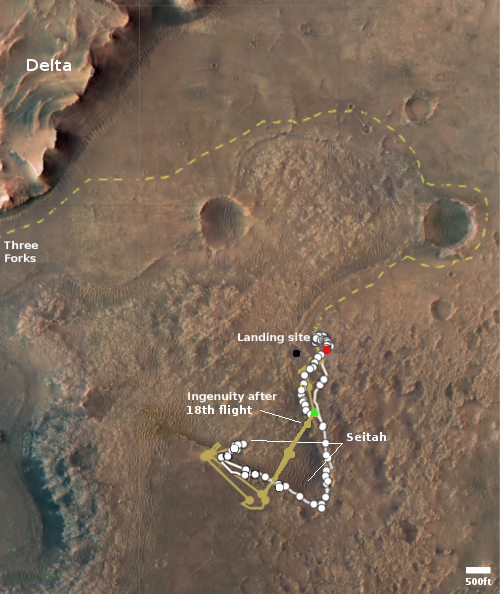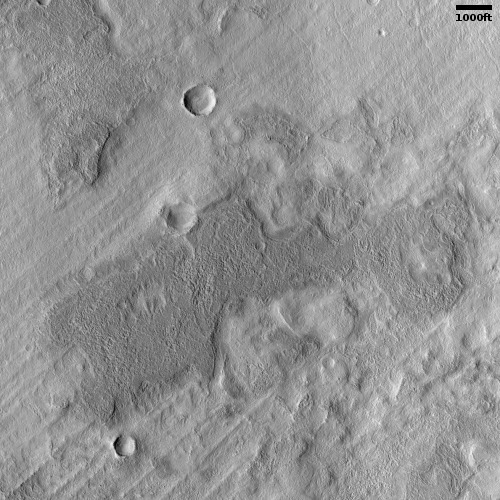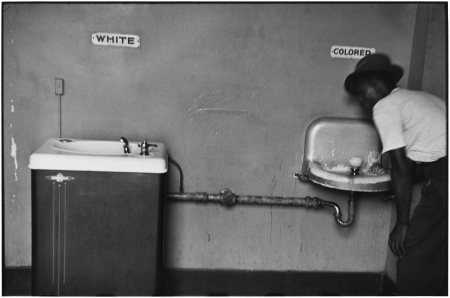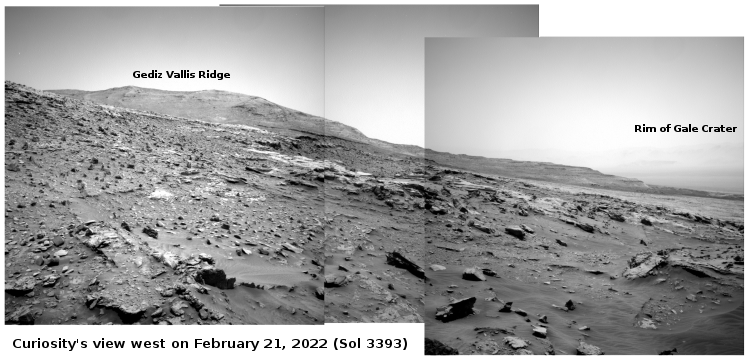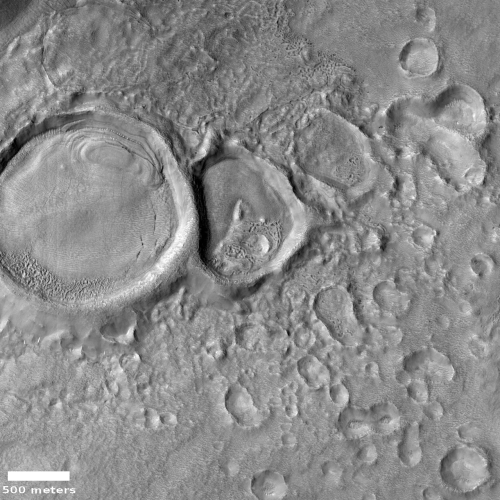Capitalism in space: Astra yesterday released an update on its investigation into its February 10th launch failure at Cape Canaveral.
The update doesn’t provide any conclusions, but merely notes that the company has completed its review of all “video and telemetry” from the event, and has reconstructed a full timeline from that data.
It is now reviewing that timeline to create what engineers call “fault trees”, each a specific scenario path pointing at a possible cause of the failure. Once that cause has been identified, engineers can then propose a solution.
According to the press release, the company is already “implementing corrective actions”, though the release provides no information as to what the cause was or what they are doing to correct. It states instead that once the investigation and corrections have been completely, the company will then release a full report.
Meanwhile, it appears that at least six law firms are considering suing the company, which became a publicly traded company in July 2021. These law firms “…are seeking clients who lost significant amount of money after purchasing the stock.” The launch failure caused the stock value to drop significantly, and these law firms apparently think that the company has made false claims about its plans — such as its claim that it will eventually be launch 300 times per year — and wish to put together a class action lawsuit based on this accusation plus the drop in stock price.
Whether Astra can meet its goal of 300 launches per year is certainly at this time questionable. However, it is too soon to call the company a failure. Once it recovers from the launch failure and resumes launches — a process that for any new rocket company generally takes a few years — that stock price will certainly recover, and will rise with each successful launch.
Only should Astra fail to resume launches, or continue to fail with each launch, will the stock truly crash, and thus provide these law firms with a possible case.
At the same time, in a free society we are supposed to recognize the concept of “buyer beware.” If you buy a product or a stock, it is at your own risk. If you fail to do due diligence beforehand, your loss is your responsibility, not the company who made the product or whose stock crashed.
It appears, based on everything Astra has so far done, an investment in its stocks while quite risky has not been an unreasonable gamble, making the present case for these lawsuits somewhat weak. Time will tell however whether that changes in the future.


